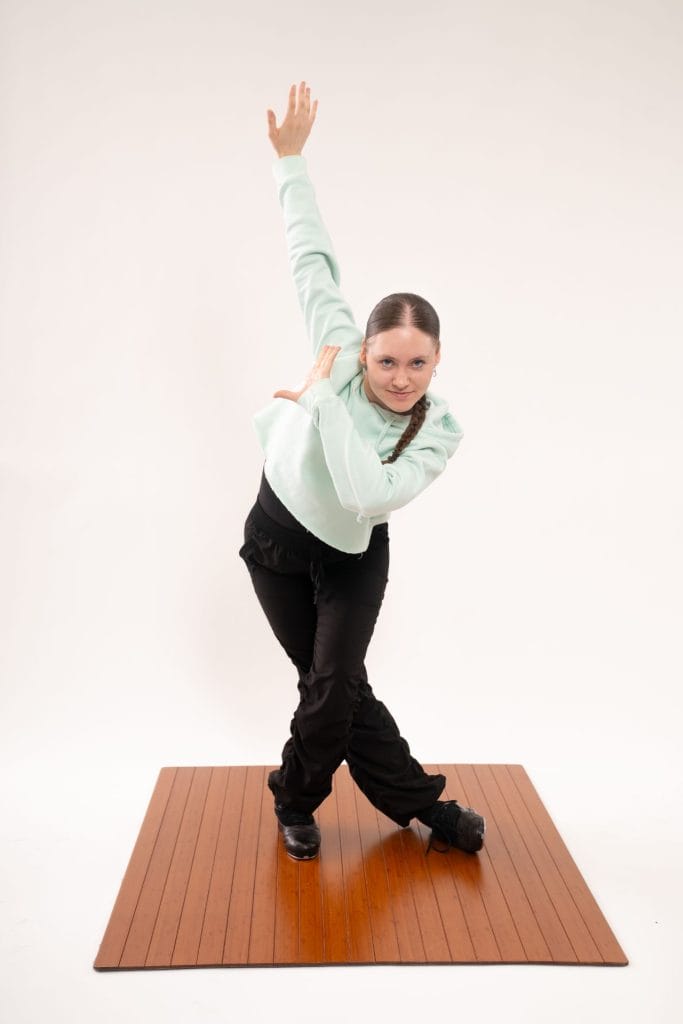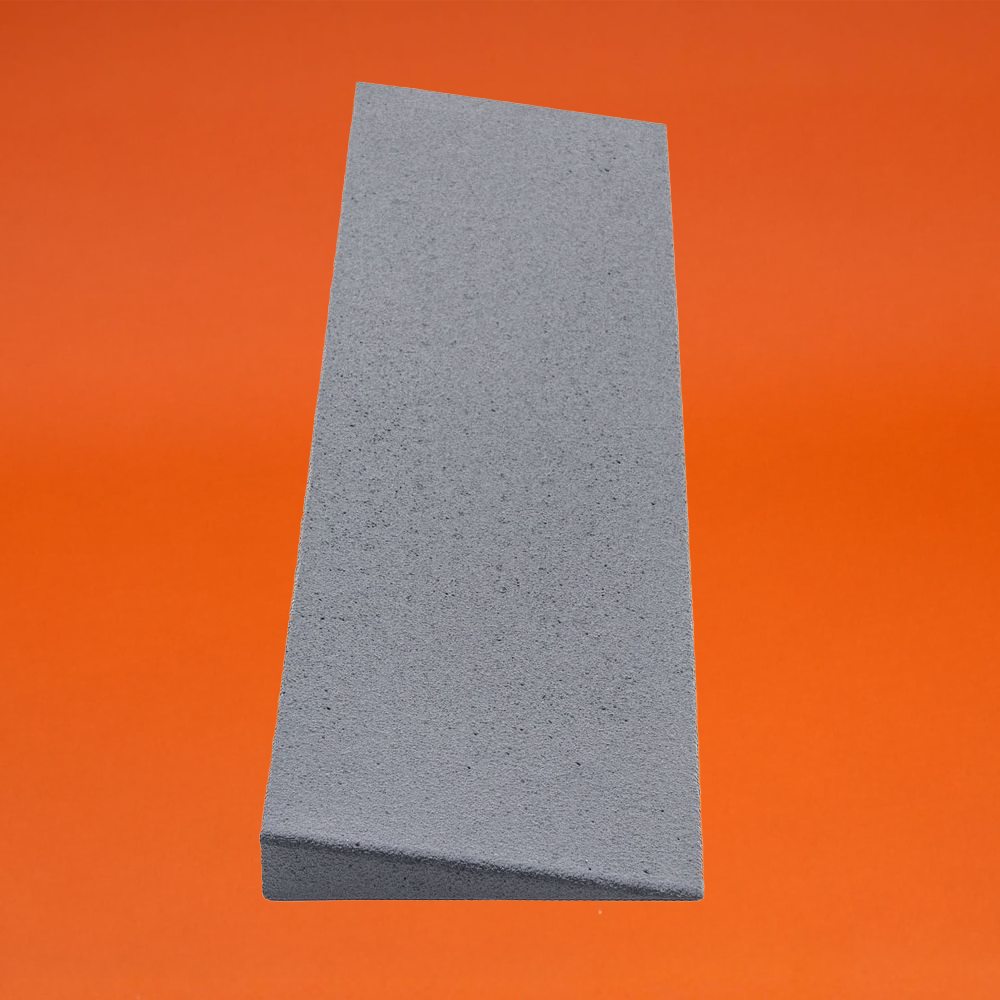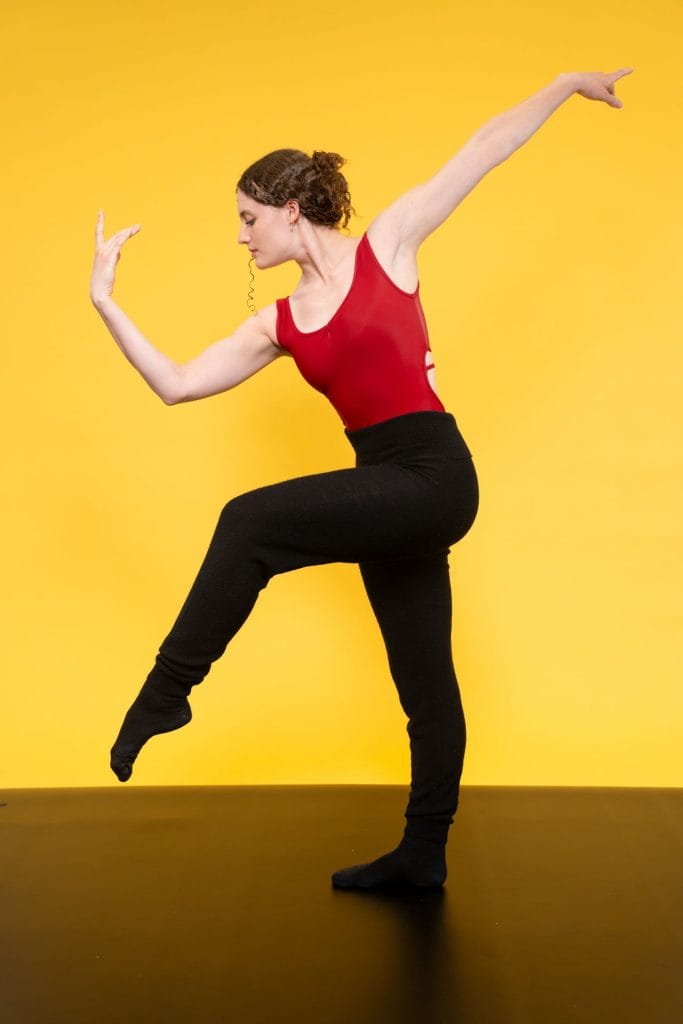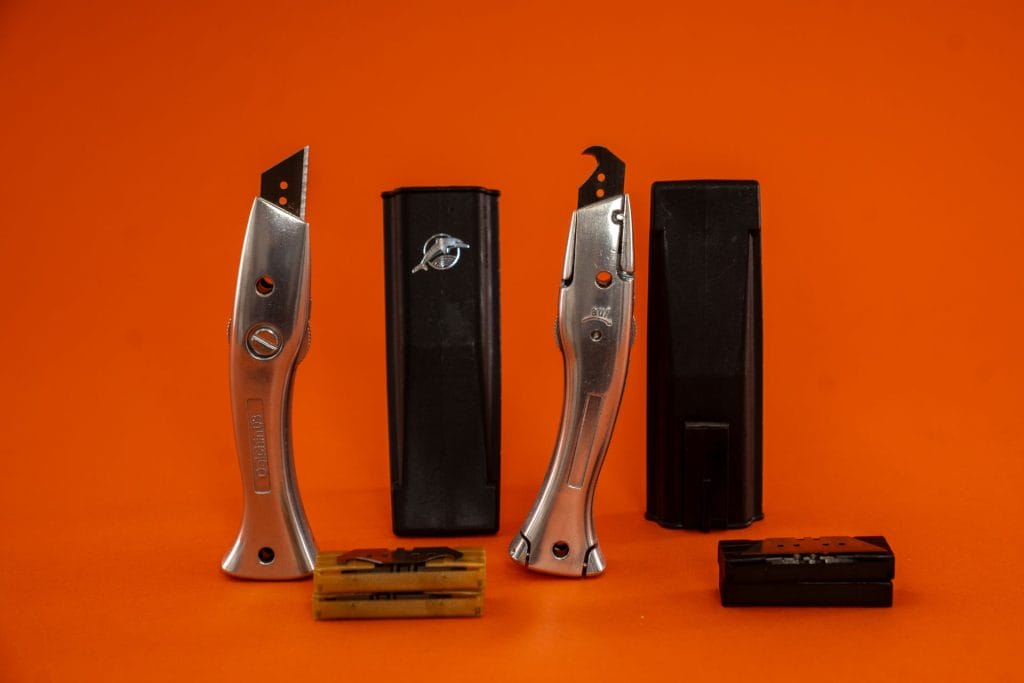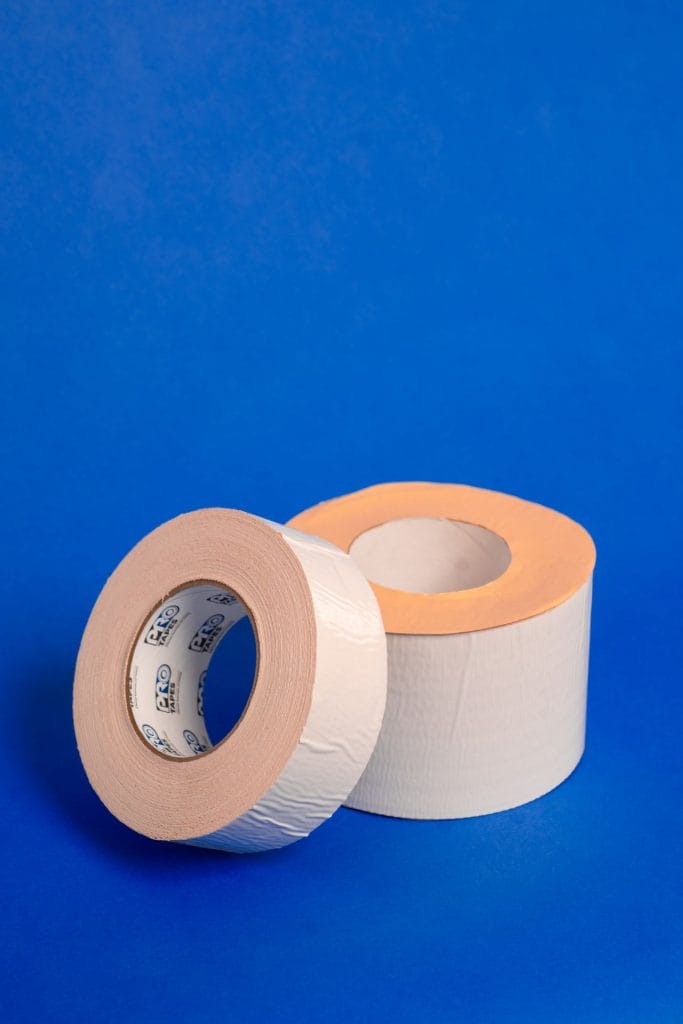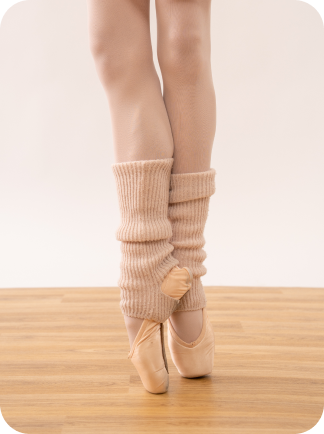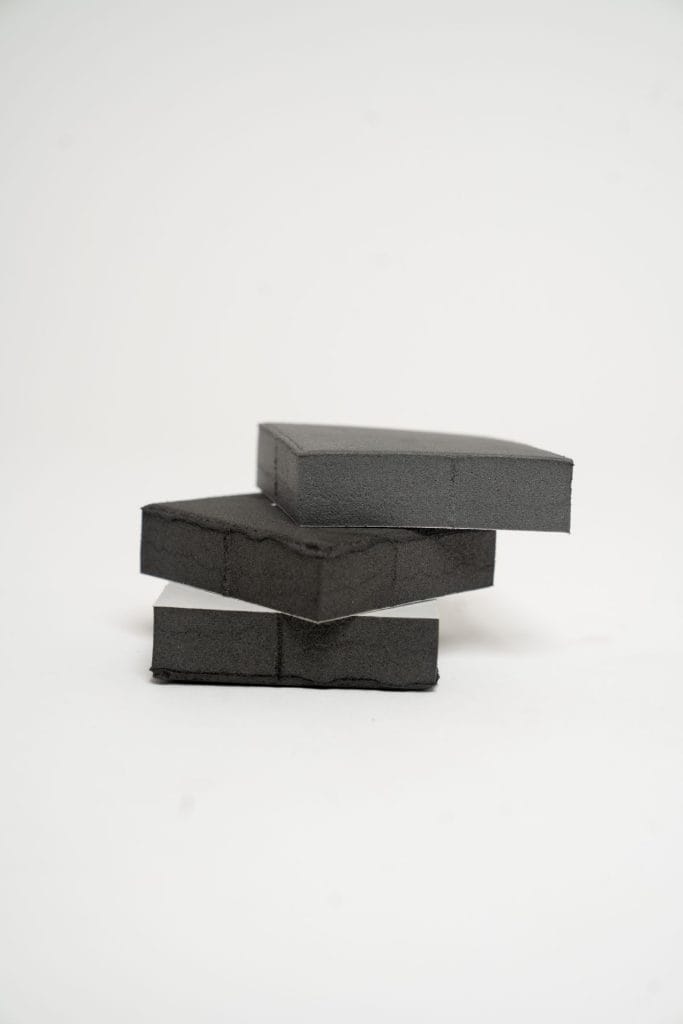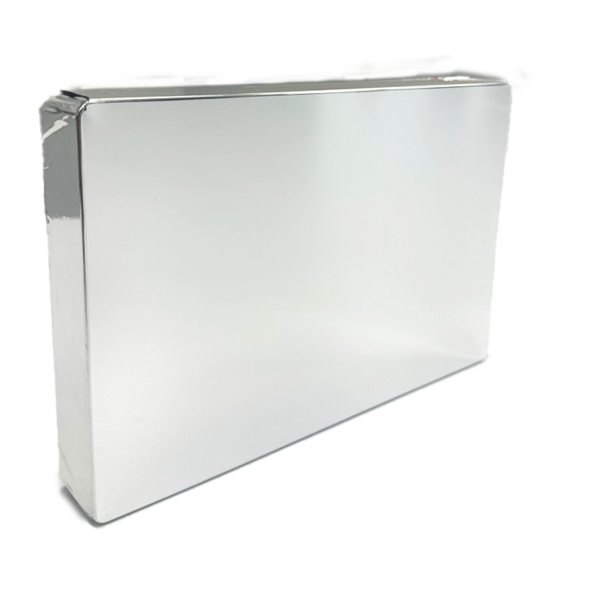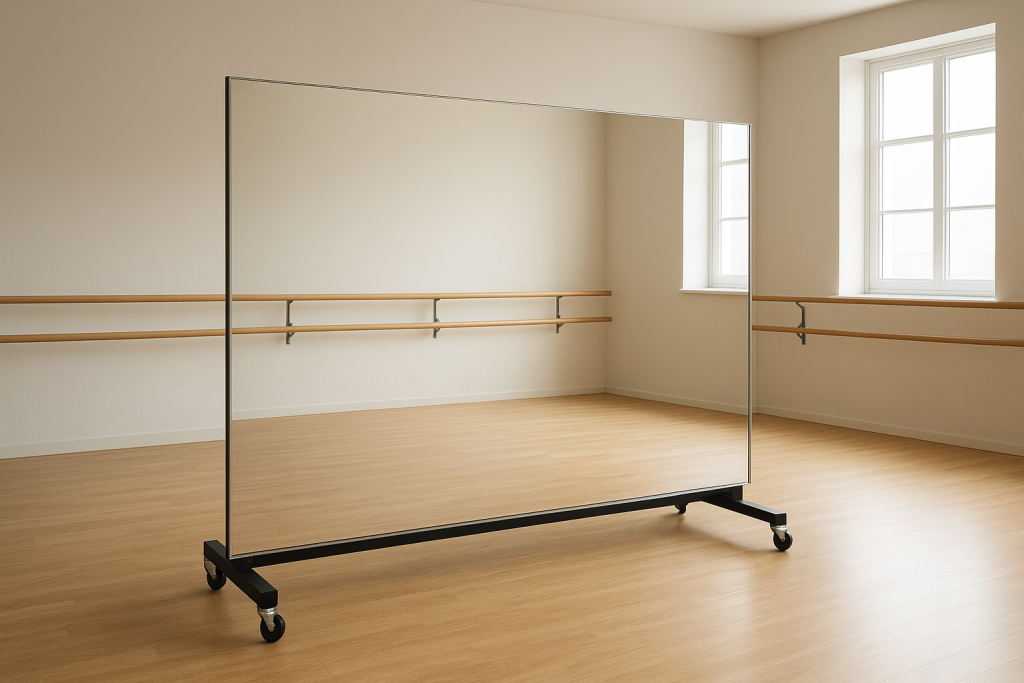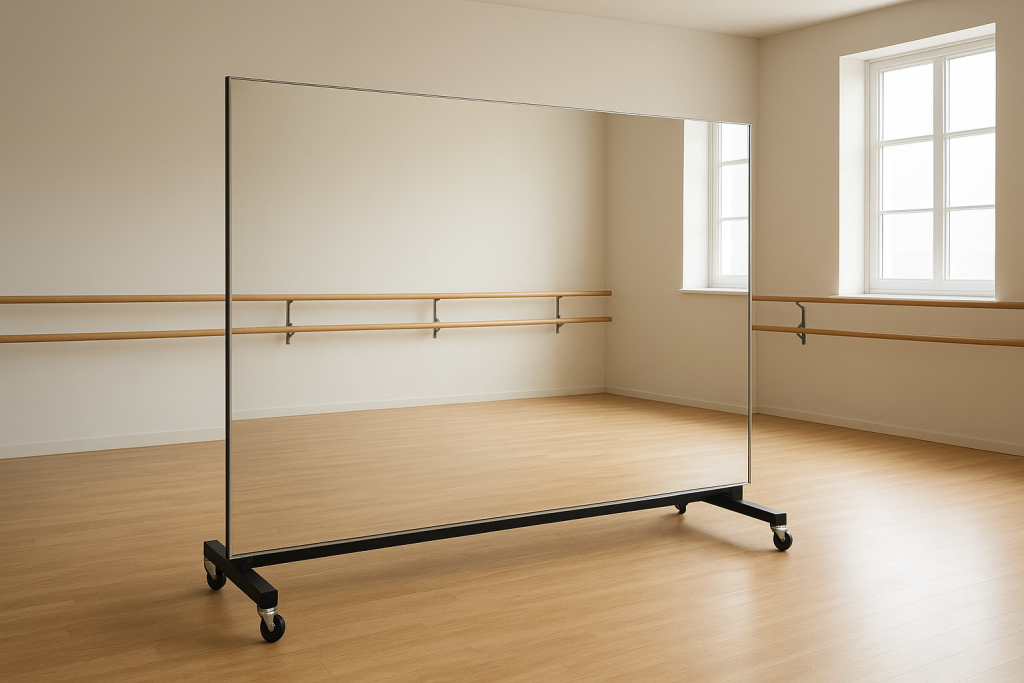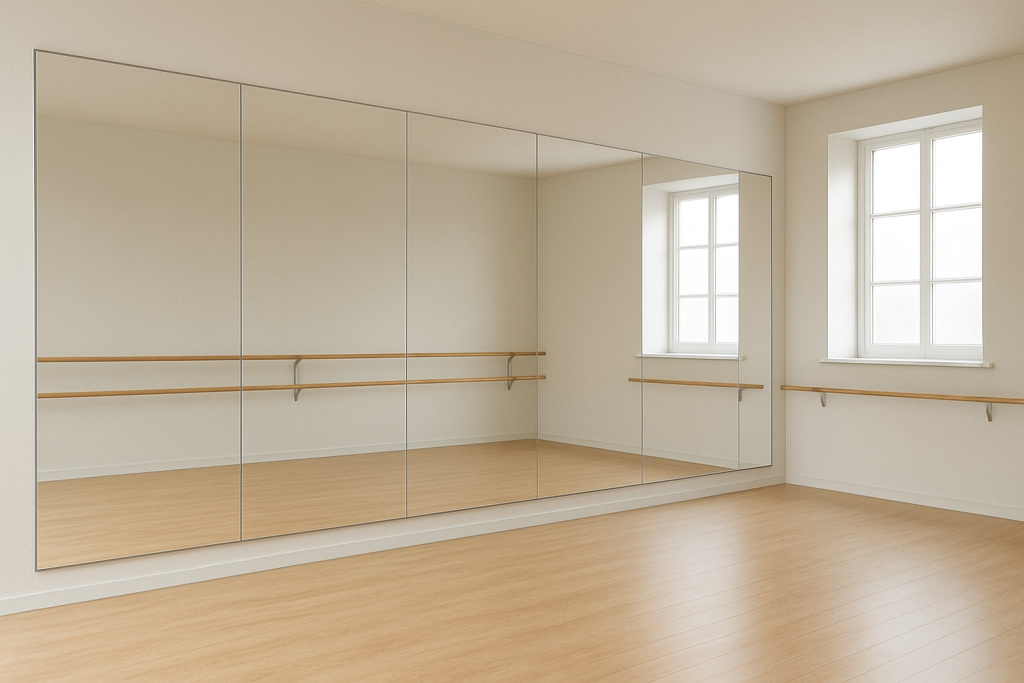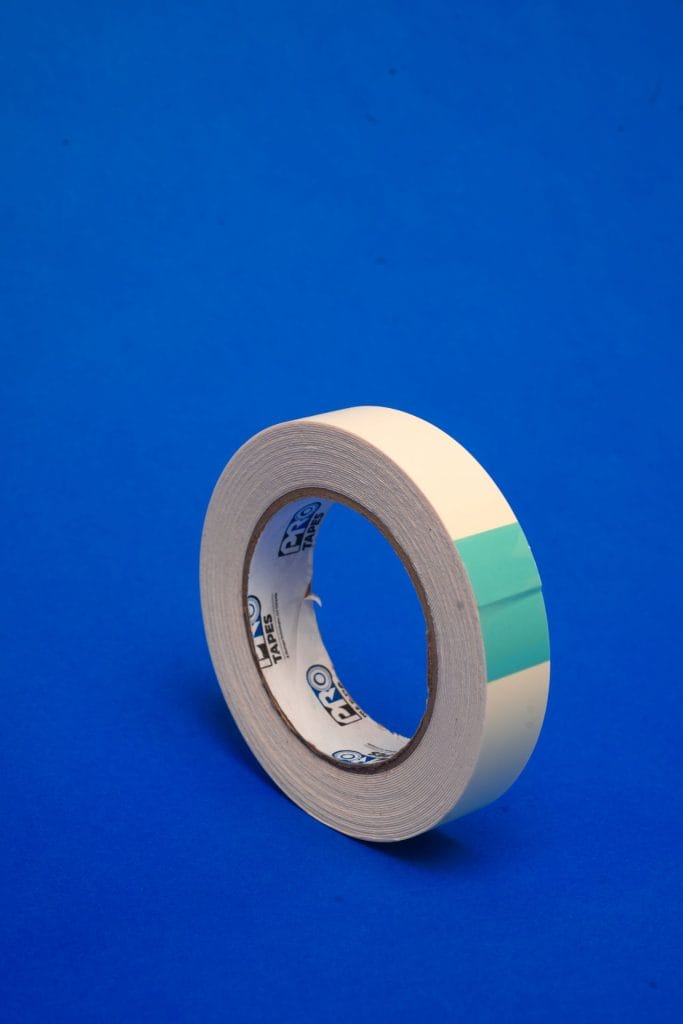Unlock Your Best Work With Performance Essentials
Discover performance essentials built to support dancers through every moment. They provide the foundation for strong, consistent technique.
AllInstallation ProductsMaintenance ProductsBallet BarresGlassless MirrorsPersonal Practice and Portable Dance FloorsPre-Cut Marley Floors
Compare Our Dance Floors
Select the best fit for your needs with our easy-to-read comparison table.
| Floor Type | Dance Style | Color | Thickness | Width |
|---|---|---|---|---|
| Timestep Dance Floor | Ballet, Hip Hop, Breakdance, Irish, Folk, Traditional, Jazz, Contemporary, Modern, Tap | Marbleized Grey, Marbleized Tan, Santorini, Sapphire, Solid Black, Solid Grey | 0.08" (2 mm) vinyl surface | 6.56' (2 m) |
| Super Timestep Dance Floor | Ballet, Irish, Folk, Traditional, Jazz, Contemporary, Modern | Solid Black, Solid Grey | 0.10" (2.5mm)vinyl surface | 6.56' (2 m) |
| Timestep T Dance Floor | Ballet, Hip Hop, Breakdance, Irish, Folk, Traditional, Jazz, Contemporary, Modern, Tap | Marbleized Grey | 0.06" (1.5mm) reversible vinyl surface | 6.56' (2 m) |
| Bravo Classic Reversible Dance Floor | Ballet, Hip Hop, Breakdance, Irish, Folk, Traditional, Jazz, Contemporary, Modern | Black/Grey | 0.06" (1.5mm) reversible vinyl surface | 6.56' (2 m) |
| Super Bravo Reversible Dance Floor | Ballet, Hip Hop, Breakdance, Irish, Folk, Traditional, Jazz, Contemporary, Modern | Black/Black, Black/Grey, Grey/Grey | 0.07" (1.7mm) reversible vinyl surface | 6.56' (2 m) |
| Super Bravo Pro Reversible Dance Floor | Ballet, Hip Hop, Breakdance, Irish, Folk, Traditional, Jazz, Contemporary, Modern, Tap | Black/Grey | 0.08" (2mm) reversible vinyl surface | 6.56' (2 m) |
| Dancestep Plus Dance Floor | Ballet, Fitness, Acro, Cheer, Hip Hop, Breakdance, Irish, Folk, Traditional, Jazz, Contemporary, Modern | Solid Black, Solid Grey | 0.24" (6.0mm) foam-backed vinyl surface | 6.56' (2 m) |
| Balletdanse Plus Dance Floor | Ballet, Fitness, Acro, Cheer, Hip Hop, Breakdance, Irish, Folk, Traditional, Jazz, Contemporary, Modern | Solid Black, Solid Grey | 0.33" (8.5mm) foam-backed vinyl surface | 4.92' (1.5 m) |
| Woodstep Dance Floor | Ballet, Hip Hop, Breakdance, Irish, Folk, Traditional, Jazz, Contemporary, Modern | Oak | 0.08" (2mm) vinyl surface | 6.56' (2 m) |
| Woodstep Plus Dance Floor | Ballet, Fitness, Acro, Cheer, Hip Hop, Breakdance, Irish, Folk, Traditional, Jazz, Contemporary, Modern | Maple | 0.24" (6.0mm) foam-backed vinyl surface | 6.56' (2 m) |
| Woodstep Ultra Dance Floor | Ballet, Fitness, Acro, Cheer, Hip Hop, Breakdance, Irish, Folk, Traditional, Jazz, Contemporary, Modern | Classic Beige, Maple, Midnight Black, Pure White | 0.33" (8.5mm) foam-backed vinyl surface | 6.56' (2 m) |
FAQs About Stagestep's Products
Everything You Need to Know Before Making Your Purchase



